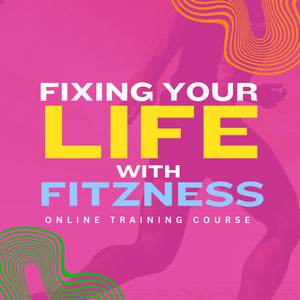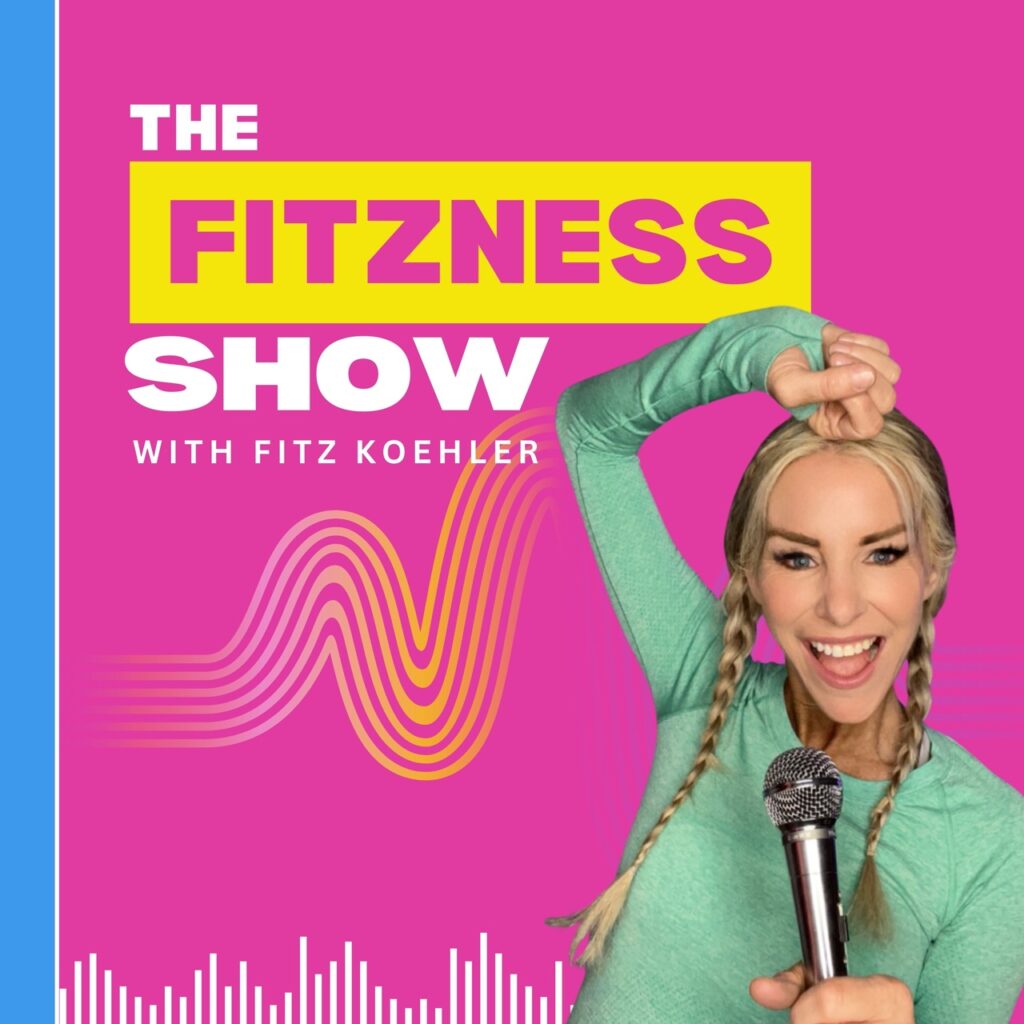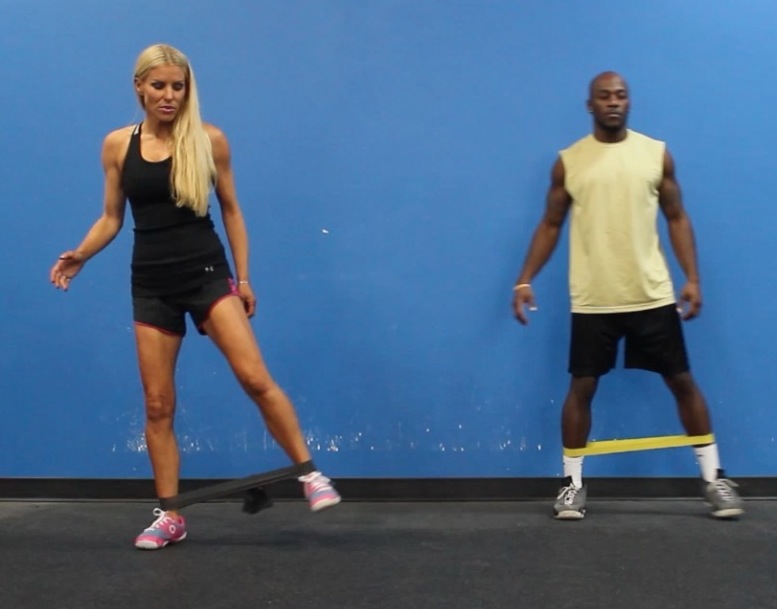Foam rolling might not be the most comfortable part of your fitness routine, but it is one of the most rewarding. If you have ever felt sore, stiff, or tight after a workout, a foam roller can be your best friend. Trust me, it might feel like torture. However, it helps loosen up muscles, improve flexibility, and speed up recovery, making it a simple yet powerful tool for anyone looking to stay active and pain free.
Why Foam Rolling Works
When you exercise, your muscles go through a lot of stress. This can lead to tightness, knots, and even discomfort that lingers for days. Foam rolling works by applying pressure to these tight spots, helping to release tension and improve blood flow. Think of it as a deep tissue massage you can do yourself at home.
The Benefits of Foam Rolling
- Reduces Muscle Soreness – Rolling out your muscles after exercise can help ease post workout soreness and stiffness.
- Increases Flexibility – Regular foam rolling can improve your range of motion, making it easier to move freely during workouts.
- Enhances Recovery – Better circulation means your muscles get more oxygen and nutrients, helping them heal faster.
- Prevents Injury – Keeping muscles loose and limber can reduce the risk of strains and other injuries.
How to Use a Foam Roller
- Find a Tight Spot – Roll slowly over your muscles and stop when you feel a tender area.
- Apply Gentle Pressure – Hold the position for 20 to 30 seconds, letting the tension release.
- Breathe and Relax – Foam rolling should not be painful. If it hurts too much, ease up on the pressure.
- Stay Consistent – Foam rolling a few times a week can make a big difference in how you feel.
While foam rolling may feel like torture at first, your body will thank you in the long run. Give it a try and enjoy smoother, pain free movement in your workouts and daily life.






